Scholar NeuLingo
Engaging Design for Chinese Heritage Children Who Live Overseas
What is Scholar NeuLingo?
A program for intermediate learners, Schola NeuLingo is designed by a team of American and Chinese pedagogical experts who have devoted themselves to language-learning. Scholar NeuLingo serves the overseas heritage speakers aged 5 -16 to help them increase their reading and writing proficiency by incorporating culturally specific expressions and using complex phrases and sentences.
Scholar NeuLingo Level Format
Scholar NeuLingo program is aligned to the standards of the Chinese Primary School Language Teaching Association and the requirements held by the Chinese Proficiency Test in China translated as the Hanyu ShuiPing Kaoshi (HSK) and The Youth Chinese Test (YCT). We offer customized lessons for students who use Chinese as a second language and or Chinese-speaking families aiming to improve Chinese language proficiency and meet personalized learning goals. Through our comprehensive curriculum, students develop a sophisticated linguistic repertoire that enables them to express themselves articulately in speaking and writing.
Novice Low

Starter Level
HSK1
I can respond to directed information questions by producing memorized single words or short phrases.
Novice Mid

Level 1
HSK2
I can identify some basic facts from memorized or familiar words and phrases when they are supported by gestures or visuals in informational texts.
Novice High

Level 2
HSK3
Intermediate Low

Level 3–4
HSK4
I can identify the topic and related information from simple sentences in short informational texts.
Intermediate Mid
Level 5–6
HSK4
Scholar NeuLingo program is aimed at developing students’ Chinese language skills in listening, speaking, reading and writing, and is designed as a comprehensive program with an emphasis on thematic and spiraled curriculum. The curriculum includes topics such as the individual, family, school, community and the world, aiming to develop students’ communication strategies, cultural awareness, cultural connection, cultural comparison and community. The Scholar NeuLingo program is crafted to foster comprehensive development in listening, speaking, reading, and writing. Our program creates an engaging environment where students are highly supported in the Chinese language and culture, enabling them to make substantial progress in their language acquisition.
At the heart of our curriculum is a thematic and spiraled approach, which ensures that students encounter language concepts and vocabulary in a connected and meaningful way. The curriculum is carefully designed to interweave various topics, including the individual, family, school, community, and the world. By exploring these diverse themes, students not only enhance their linguistic proficiency but also develop a deeper understanding of Chinese culture, communication strategies, cultural awareness, cultural connection, cultural comparison, and community.
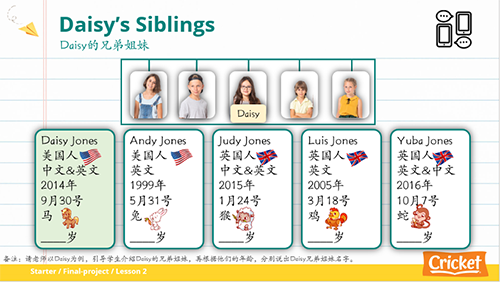



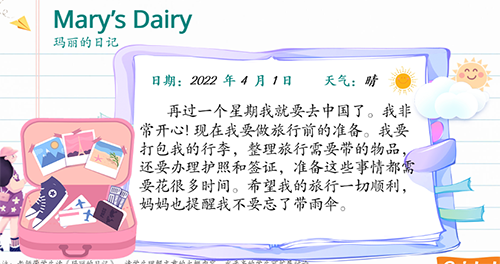
The Scholar NeuLingo program goes beyond language learning and embraces a comprehensive cultural program that immerses students in the richness and depth of Chinese culture. Our cultural program encompasses three core elements: cultural products, cultural practices, and cultural perspectives. Through a diverse array of learning materials and engaging activities, we provide students with an in-depth exploration of Chinese culture, running parallel to their Chinese language learning journey.
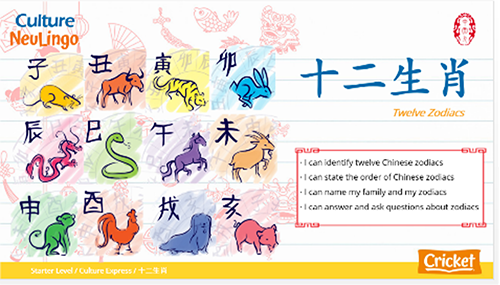
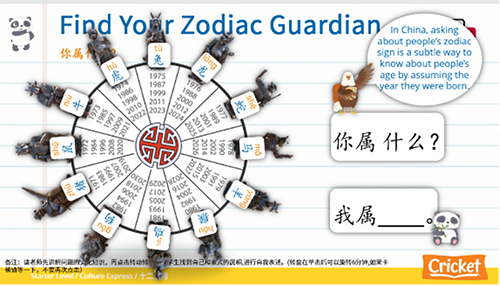

Twelve Zodiacs
Scholar NeuLingo provides students with an extensive array of learning resources. Our program is designed to empower students to achieve outstanding results on exams such as the AP (Advanced Placement) and other standardized assessments.
To facilitate effective learning, Scholar NeuLingo incorporates a prep-lesson-review learning loop. This strategic approach consists of three key stages: preparation, lesson delivery, and review. Preparation materials help students gain confidence and familiarity with the material prior to the live lesson while review materials play a crucial role in consolidating knowledge, reinforcing concepts, and helping students identify areas for improvement.
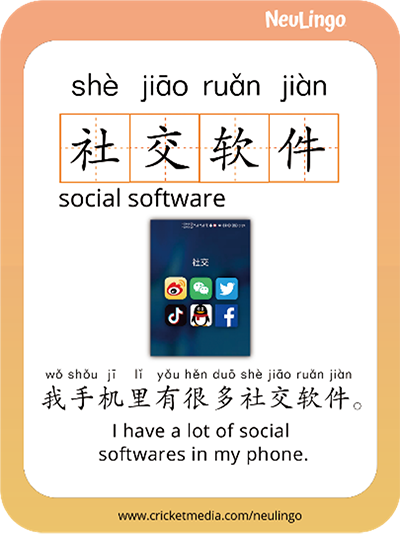

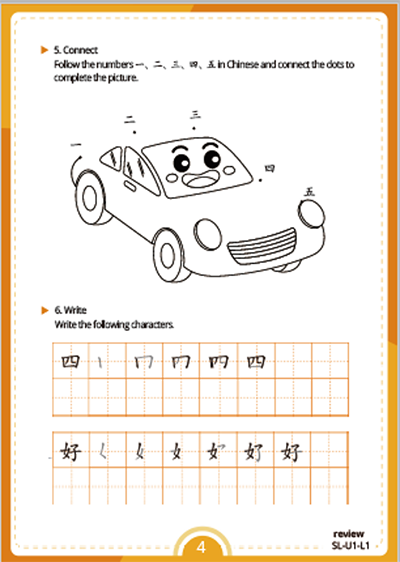



Picture Book
#1 | Program Can-Do Statement (Interpersonal) |
|
#2 | Program Can-Do Statement (Presentational) |
|
#3 | Program Can-Do Statement (Interpretive) |
|
#1 | Program Can-Do Statement (Interpersonal) |
|
#2 | Program Can-Do Statement (Presentational) |
|
#3 | Program Can-Do Statement (Interpretive) |
|
#1 | Program Can-Do Statement (Interpersonal) |
|
#2 | Program Can-Do Statement (Presentational) |
|
#3 | Program Can-Do Statement (Interpretive) |
|
#1 | Program Can-Do Statement (Interpersonal) |
|
#2 | Program Can-Do Statement (Presentational) |
|
#3 | Program Can-Do Statement (Interpretive) |
|
#1 | Program Can-Do Statement (Interpersonal) |
|
#2 | Program Can-Do Statement (Presentational) |
|
#3 | Program Can-Do Statement (Interpretive) |
|
#1 | Program Can-Do Statement (Interpersonal) |
|
#2 | Program Can-Do Statement (Presentational) |
|
#3 | Program Can-Do Statement (Interpretive) |
|
#1 | Program Can-Do Statement (Interpersonal) |
|
#2 | Program Can-Do Statement (Presentational) |
|
#3 | Program Can-Do Statement (Interpretive) |
|
#1 | Program Can-Do Statement (Interpersonal) |
|
#2 | Program Can-Do Statement (Presentational) |
|
#3 | Program Can-Do Statement (Interpretive) |
|
#1 | Program Can-Do Statement (Interpersonal) |
|
#2 | Program Can-Do Statement (Presentational) |
|
#3 | Program Can-Do Statement (Interpretive) |
|
#1 | Program Can-Do Statement (Interpersonal) |
|
#2 | Program Can-Do Statement (Presentational) |
|
#3 | Program Can-Do Statement (Interpretive) |
|
#1 | Program Can-Do Statement (Interpersonal) |
|
#2 | Program Can-Do Statement (Presentational) |
|
#3 | Program Can-Do Statement (Interpretive) |
|
#1 | Program Can-Do Statement (Interpersonal) |
|
#2 | Program Can-Do Statement (Presentational) |
|
#3 | Program Can-Do Statement (Interpretive) |
|


 Level 3 • 540 words
Level 3 • 540 words Level 4 • 732 words
Level 4 • 732 words Level 5 • 972 words
Level 5 • 972 words Level 6 • 1212 words
Level 6 • 1212 words Level 7 • 1500 words
Level 7 • 1500 words Level 8 • 1788 words
Level 8 • 1788 words Level 9 • 2076 words
Level 9 • 2076 words Level 10 • 2364 words
Level 10 • 2364 words Level 11 • 2652 words
Level 11 • 2652 words